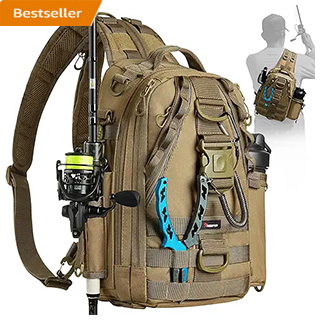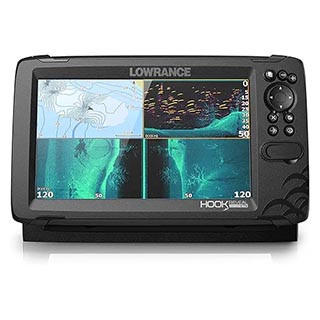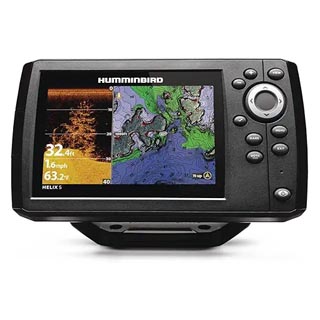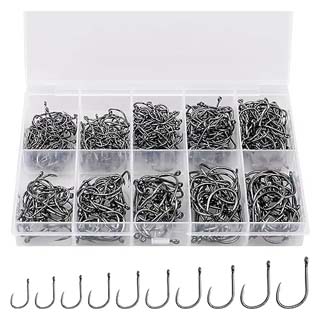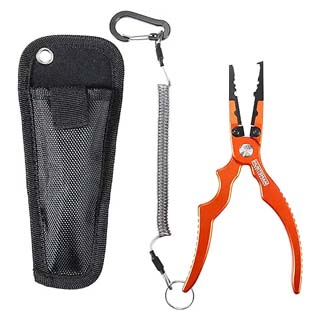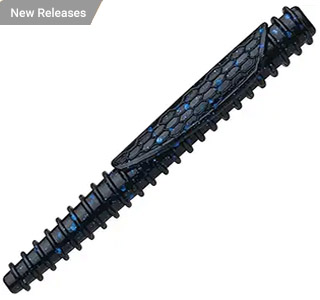Not Just Fishing
Fishing Articles and Information

Learning How To Fish - Start With The 6 Basic Tips
By Paul Zenen
So, you are determined to learn how to fish. We will call it Fishing 101 for this basic course. There are several ways to learn, the most difficult one being trial and error. It would be best to find a trainer for one-on-one courses. But lets stick to the basics of learning how to fish.
1. Buy seasickness medication, it is a must.
Nothing is worst than ruining your fishing because of seasickness.
Most seasickness medication e.g. Bonine can do the job. On rough days, even seasoned fishermen are known to take some.
Take one before you go to sleep, a second one when you wake up and one more before you get
on the boat.
2. Go buy a reference book as soon as possible.
Many good books are available at some bookstores and on Internet. The book will provide you instructions as well as terms and definitions. Some things you may not immediately understand but you should know anyway. Find out how to tie different sorts of knots. This information will be invaluable for different purposes all your life.
3. Go to a party If you can.
Some party boats that carry from fifteen to as many as sixty anglers. The boat provides everything like bait, reel, rod, hooks and sinkers. They assist you in fishing and take the fish off the hook for you. Mates will spot you and will usually stay close to assist you. Usually, party boats will cost you between 25 to 70 dollars a day, and you can keep the fish. The party boat is a bargain for beginners.
4. Pick your pier and start.
You need to look for a fishing pier, assuming you have already acquired skills to operate a rod and reel. Most coastal towns have one public pier or pay-to-fish pier. You can rent tackle and buy bait at the piers. If you're having trouble, there are many pier anglers that can help and give you tips.
5. Party or pier, both are fun.
You may want to do either step three or four or both at this point. To really learn how to fish and be good at it, the best thing to do is to do both several times.
6. The reel deal now.
What you are using up to this point is probably the conventional reel. The conventional reel is designed for many wear and tear. You may now want to think about different types and makes of reels. Ideally you have met people and perhaps made a friend or two who is able to assist you in selecting a reel. You can even ask a tackle shop owner for tips.
You need to know the mechanics of the reel and the other equipment. Learning to cast,
tie knots and bait are not that complicated. Secondly, you need to learn where to fish. Fishermen who know where the fish are located
are successful.
Fish move from place to place and knowledgeable anglers understand these patterns and can expect where
the fish are to be found. As you can see learning how to fish is not that hard really. You just have to put your mind to it and practice.
Good luck with your new fishing adventures.
Paul Zenen, a well known author, is an Internet expert and really likes to share his passion with others.
Fishing Article Of Interest: How To Rig A Slip Bobber